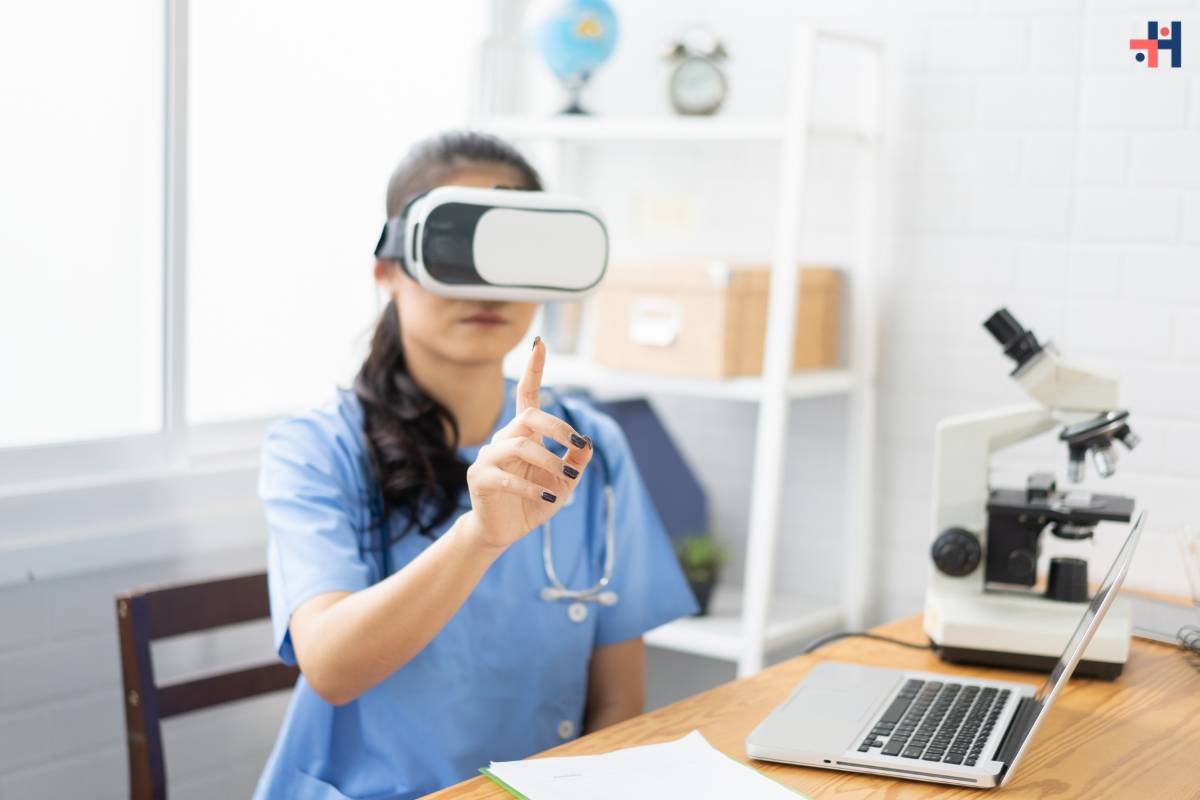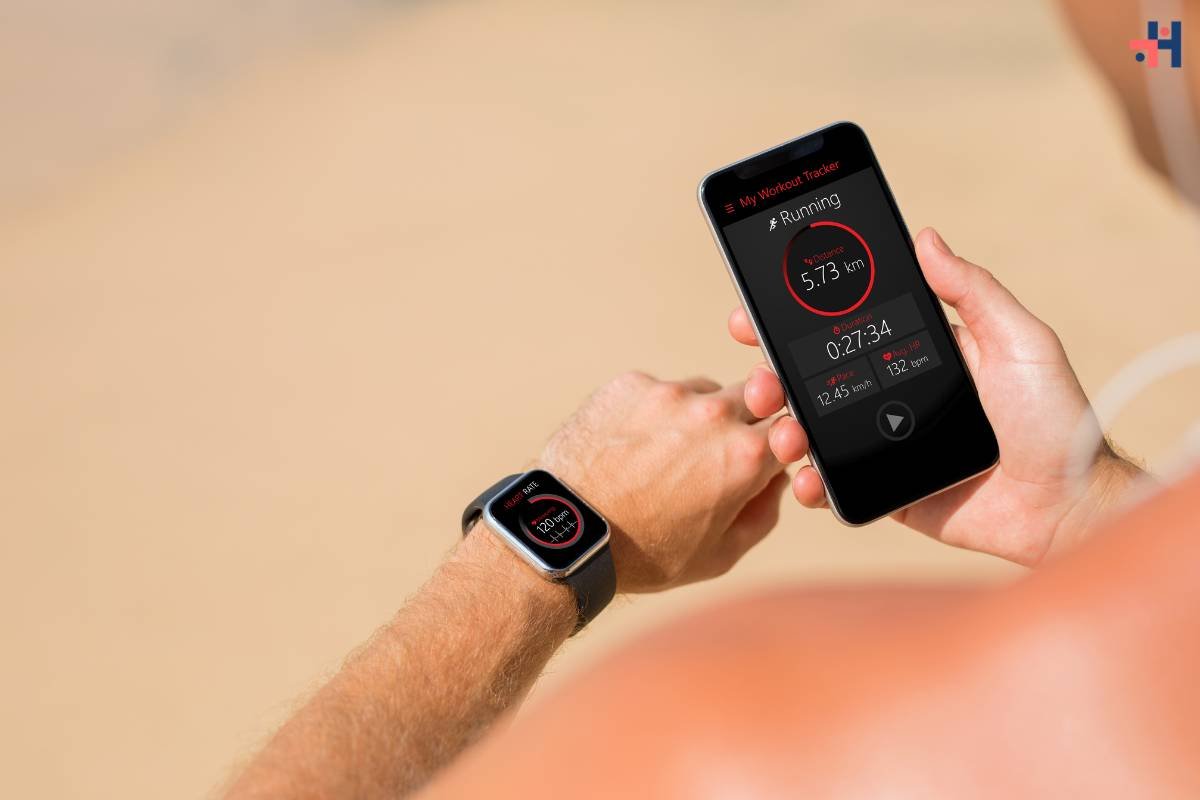Technological advancements and innovative approaches are revolutionizing patient care. From personalized treatment plans to remote monitoring solutions, innovations in patient care are enhancing outcomes, improving accessibility, and transforming the healthcare experience for individuals worldwide. In this article, we will explore some of the most groundbreaking innovations in patient care and their impact on healthcare delivery.
Here are 6 the most groundbreaking innovations in patient care:
1. Personalized Medicine:
Personalized medicine, also known as precision medicine, involves tailoring medical treatment to the individual characteristics of each patient. This approach considers factors such as genetic makeup, lifestyle, and environmental influences to develop targeted therapies that are more effective and less likely to cause adverse reactions.
Advances in genomic sequencing technologies have enabled healthcare providers to analyze a patient’s DNA to identify genetic variations that may influence their response to treatment. By understanding the underlying genetic factors driving disease progression, physicians can prescribe medications that are more likely to be effective, leading to improved outcomes and reduced side effects.
2. Telemedicine and Remote Monitoring:
Telemedicine has emerged as a valuable tool for expanding access to healthcare services, particularly in remote or underserved areas. This technology allows patients to consult with healthcare providers remotely via video conferencing, phone calls, or secure messaging platforms.

Additionally, remote monitoring devices enable healthcare providers to track patients’ vital signs, symptoms, and medication adherence from a distance. For example, wearable devices can continuously monitor a patient’s heart rate, blood pressure, and activity levels, providing real-time data to clinicians for early intervention and personalized care management.
The adoption of telemedicine and remote monitoring solutions has been accelerated by the COVID-19 pandemic, as healthcare organizations seek alternative ways to deliver care while minimizing in-person interactions and reducing the risk of viral transmission.
3. Artificial Intelligence (AI) and Machine Learning:
Artificial intelligence and machine learning algorithms are transforming healthcare delivery by analyzing vast amounts of patient data to identify patterns, predict outcomes, and inform clinical decision-making. These technologies can assist healthcare providers in diagnosing diseases, predicting patient risk factors, and recommending personalized treatment plans.
For example, AI-powered diagnostic tools can analyze medical images, such as X-rays and MRIs, to detect abnormalities and assist radiologists in making more accurate diagnoses. Similarly, machine learning algorithms can analyze electronic health records to identify patients at high risk of developing chronic conditions, allowing healthcare providers to intervene early and prevent disease progression.
As AI and machine learning continue to evolve, they have the potential to revolutionize innovations in patient care by improving diagnostic accuracy, optimizing treatment strategies, and reducing healthcare costs.
4. Virtual Reality (VR) and Augmented Reality (AR):

Virtual reality and augmented reality technologies are being used to enhance medical training, patient education, and surgical planning. VR immerses users in realistic simulated environments, allowing healthcare professionals to practice complex procedures in a safe and controlled setting.
In addition to training purposes, VR and AR can also be used to educate patients about their medical conditions and treatment options. For example, VR simulations can help patients visualize surgical procedures or medical interventions, improving their understanding and reducing anxiety.
Furthermore, surgeons can use AR technology to overlay digital images onto the patient’s body during surgery, providing real-time guidance and enhancing surgical precision. These advancements in VR and AR have the potential to improve patient outcomes, minimize risks, and revolutionize surgical techniques.
5. Robotics and Automation:
Robotic-assisted surgery and automation technologies are revolutionizing surgical procedures by enhancing precision, reducing invasiveness, and shortening recovery times. Robotic surgical systems enable surgeons to perform minimally invasive procedures with greater dexterity and control, resulting in smaller incisions and less tissue damage.
Furthermore, automation technologies streamline repetitive tasks and administrative processes, allowing healthcare providers to focus more time and attention on innovations in patient care. For example, robotic pharmacy dispensing systems can accurately prepare and dispense medications, reducing the risk of errors and improving medication safety.
As robotics and automation continue to advance, they have the potential to revolutionize surgical care, improve patient outcomes, and increase efficiency in healthcare delivery.
6. Wearable Health Technology:

Wearable health technology, such as smartwatches, fitness trackers, and medical sensors, are empowering individuals to take control of their health and wellness. These devices monitor various health metrics, such as heart rate, sleep patterns, and physical activity, providing users with valuable insights into their overall well-being.
Additionally, wearable health technology can be integrated with mobile apps and online platforms to facilitate remote patient monitoring and virtual healthcare consultations. Patients can share their health data with healthcare providers in real-time, enabling proactive intervention and personalized care management.
By promoting preventive care and early detection of health issues, wearable health technology has the potential to improve patient outcomes, reduce healthcare costs, and empower individuals to lead healthier lifestyles.
Conclusion:
Innovations in patient care are reshaping the future of healthcare, driving improvements in quality, accessibility, and efficiency. From personalized medicine and telemedicine to artificial intelligence and robotics, these advancements are revolutionizing how healthcare is delivered and experienced.
As technology continues to evolve, healthcare providers must embrace innovation and adapt to the changing landscape to meet the evolving needs of patients and communities. By leveraging the power of technology and innovation, we can create a healthcare system that is more patient-centered, inclusive, and effective, ultimately improving outcomes and enhancing the quality of life for all.









